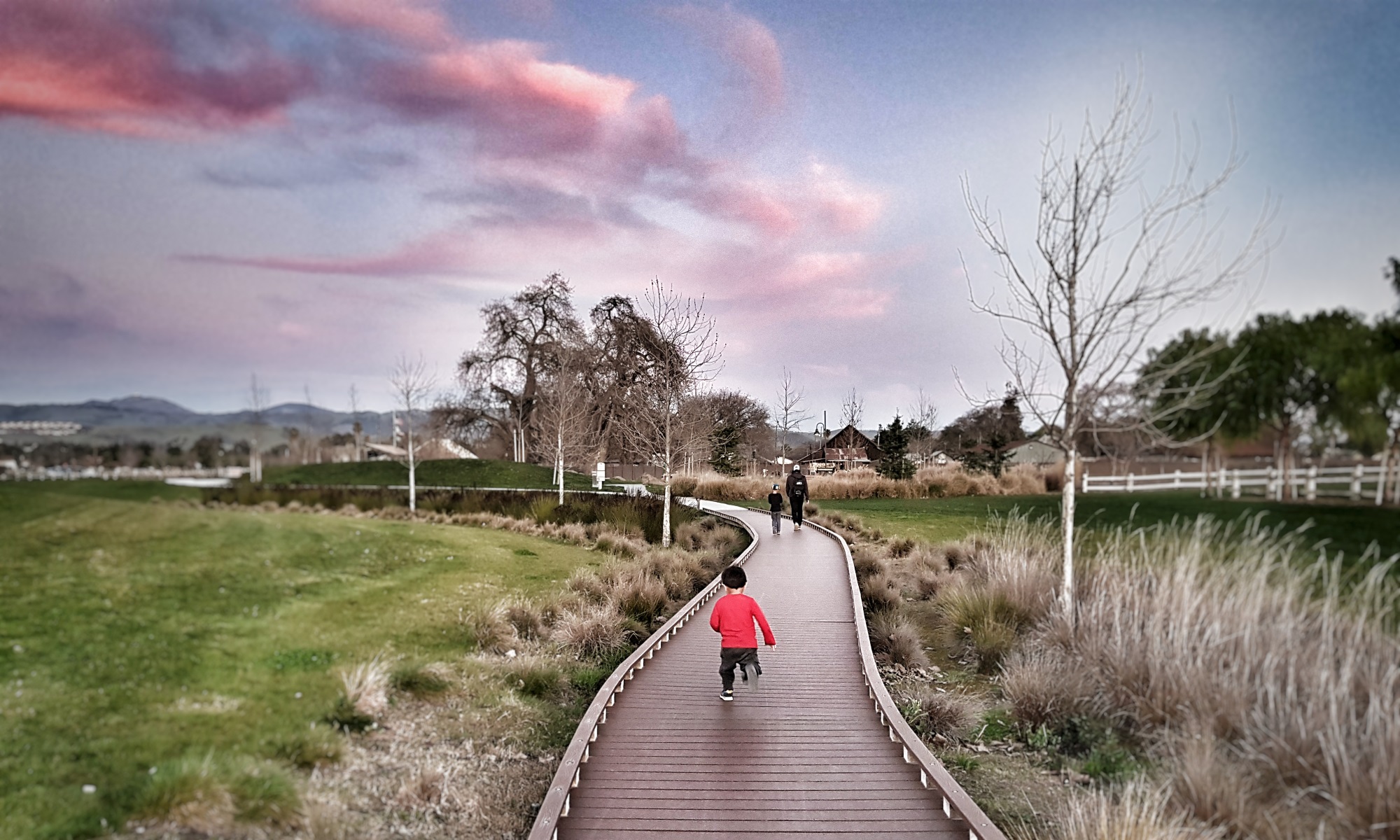It’s been a very long wait, but RIM has finally released the Blackberry many of us fans have been dying for. The new Blackberry Bold 9900 sports a large (9000-sized) keyboard with a touch screen in addition to an revamped OS and a powerful 1.2ghz cpu. Does it live up to the hype, and will this phone help RIM be competitive against the onslaught of Apple and Google’s Android?
Design:
The first thing you’ll notice about this new Bold is how thin it is. At around 10mm It’s the thinnest Blackberry to date. The phone is solid in your hands. It’s balanced and weighs just right; not too heavy and not too light that makes it feel like a piece of plastic. The stainless steel band that surrounds the device gives it that iPhone 4 look, which is a great look. The designers of the phone really took this phone to the next level. As a phone junkie that has rocked quite a few smartphones this new Bold design is on par, if not, better than the best phones on the market right now.
I couldn’t imagine RIM releasing a device with a better keyboard than the 9000. But to my surprise they some how pulled it off. The keyboard on the 9900 is amazing. It’s difficult to put into words how awesome it is. If RIM strictly just sold the 9900 keyboards as a bluetooth mobile keyboard it would probably sell better than most smartphones on the market.
Touch Screen:
This is also the first time RIM has released a keyboard and touch device in a candybar form factor. The 2.8 in screen is bright and vibrant and the touch features are fantastic. The touch operation on the phone is fast, responsive, and accurate. Navigating through the phone or surfing the web browser is a breeze and amazingly fast. It didn’t take me too long to get use to this new touch screen, but once you get use to it it’s difficult to go back to a non-touch Bold.
Software:
The Bold 9900 comes with RIM’s OS7. Its an update to last years OS6. To the untrained eye one would not see too many differences. It is true, visually OS7 is not much different from its predecessor. The entire system is way much faster and smooth, but all of this can be contributed to its blazing fast 1.2ghz processor. Most of the major changes where done under the hood. For example, what makes OS7 smooth is that RIM has manage to bake in GPU acceleration which they named it ‘Liquid Graphics’. Switching apps and going between screens appears to be instant. Overall, it may feel like a brand new OS compared to OS6. A good analogy of OS7 is that it is RIMs Windows 7, and OS6 was its Vista. Those who have used the previous OS will feel quite at home with this version, and the vast speed improvement is always welcomed.
Apps:
If there’s one thing about the Blackberry platform is its lack of apps. The entire architecture is built from an aging Java based platform that was never intended to run high quality apps you see on the iPhone and Android phones.
I don’t use many apps on my Blackberry, but the ones I do use are great. Flixster, Twitter, Facebook, WordPress, and Foursquare is just as good as any of it’s counterparts on other platforms. In the end if you’re looking for a library of quality apps and games Blackberrys in general just doesn’t have it, and the 9900 and OS7 is not an exception.
*note: if you’re coming from OS6 not all of your previous apps will be compatible with OS7. You’ll have to wait for the devs to make them compatible.*
Battery Life:
Blackberry phones are known for their superb battery life. The 9900 comes with a slightly smaller battery than its predecessor (9000/9700/9780). With a higher resolution screen and a more powerful processor I was worried that RIM would have a difficult time maintaining the same level of battery life and efficiency. I’m currently using .317 of OS7 and my experience with the battery life have been somewhat positive, but by comparison it is not as impressive as my previous Blackberry 9780. The 9900 can easily last a whole work day, whereas my old phone would last about a day and a half. Given that it’s a smaller battery running on a much more powerful device it’s not too bad.
I don’t have any hard numbers, but if I compared it with my iPhone 4 I think the 9900 would outlast it by a couple of hours with similar usage. But if you’re like me who came from a 9700 or 9780 don’t expect it to have the same battery life.
Overall Experience:
This is the best Blackberry ever made. Period. The keyboard is the best for any mobile device on the market today. The Blackberry phone is all about communicating. Whether it’s texting/MMS, emailing, or making phone calls this phone does it better than anything right now. Apps on the other hand is a bit of a let down. Unfortunately, RIM won’t be able to do anything about it until they roll out their QNX phones in the near future.
In the mean time the 9900 is a great device for the existing Blackberry user or anyone looking for a phone with an awesome physical keyboard. Those who have defected to other devices because of it’s previous shortcoming should take a serious second look. You’ll be surprised. The new design and updated OS is a huge step forward for RIM and it’s in a direction that will not disappoint.
Rating: 









Pros:
Amazing Keyboard
Fast and Smooth UI
Solid build quality and form factor
Responsive touch screen
Fast Browser
Cons:
Slightly above average battery
Lack of great apps
Expensive
QNX is right around the corner






